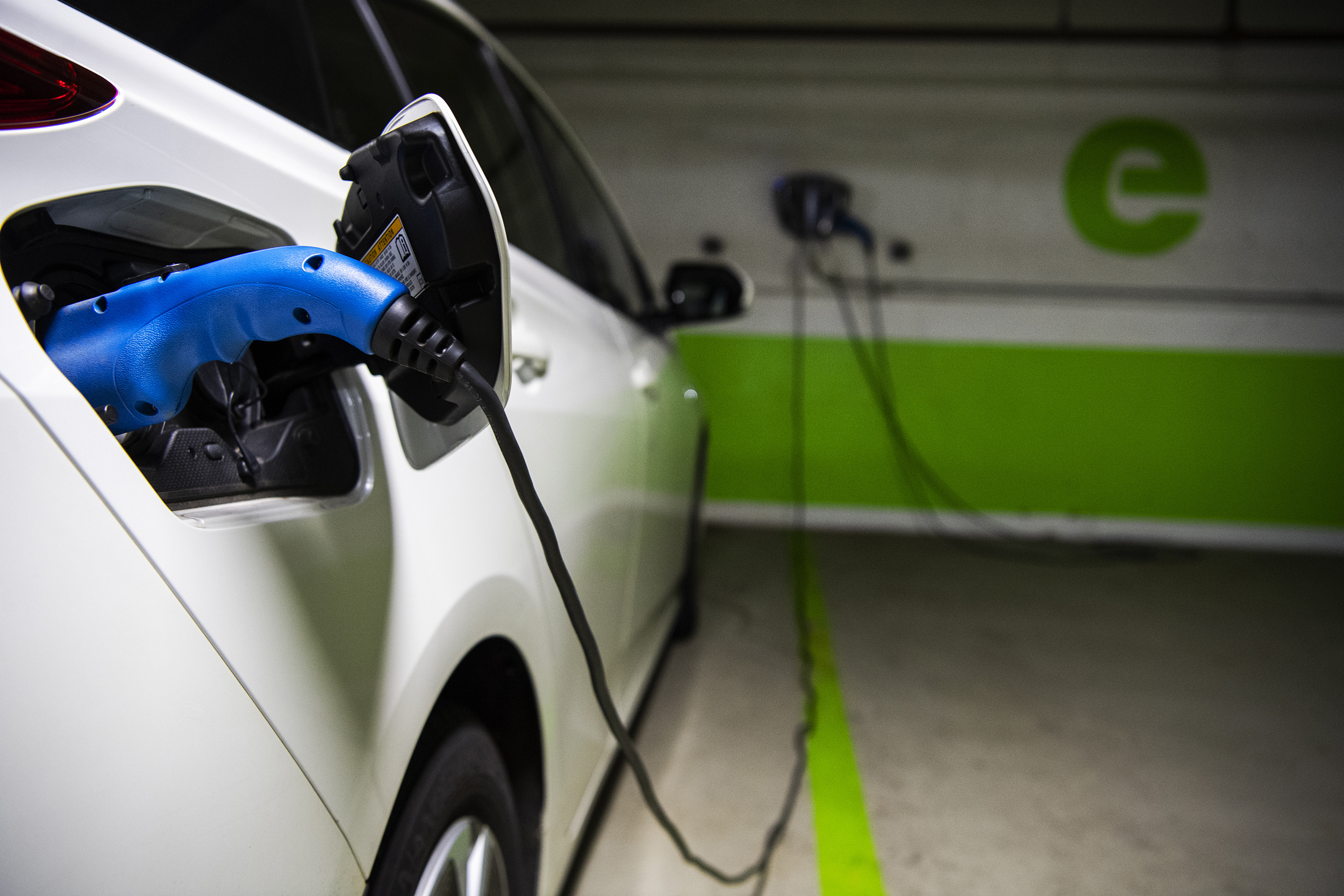California Gas Car Ban and Electric Grid Overload
Read Time 1 mins | August 09, 2022 | Written by: Julia Segal

Over the past two weeks, California has seen a lot of action regarding its decisions impacting the future of EVs. Last week, the state announced a ban on the sale of gas and diesel cars by 2035. This week, California residents were asked not to charge their electric vehicles during the heatwave as temperatures climbed above 100 degrees across the state. This ask felt contradictory given the declaration of the state’s ambitious gas-powered car sale ban and people are confused and annoyed.
In the new measure from the California Air Resources Board, quotas would also be set for zero-emission vehicles, with 35% of new 2026 models of cars, SUVs, and small pickups sold in CA to be ZEVs. With the quota increasing each year, 100% of all new car sales would be ZEVs by 2035. The question is: can the electric grid handle that many new electric vehicles on the road?
California’s ban brings into question the future of grid regulation. This recent power emergency particularly sheds light on the need for the electric grid to support power fluctuations and handle unpredictable energy difficulties. CA residents were asked not to charge their EVs during peak hours to help stabilize the power grid – is this something that will happen again? If the electric grid can’t support the number of EVs on the road now, will it be able to accommodate the influx of new electric vehicles between now and 2035? There’s also the potential to innovate with off-grid charging. Other solutions can be developed that reduce the load on the grid and impact to the environment.
